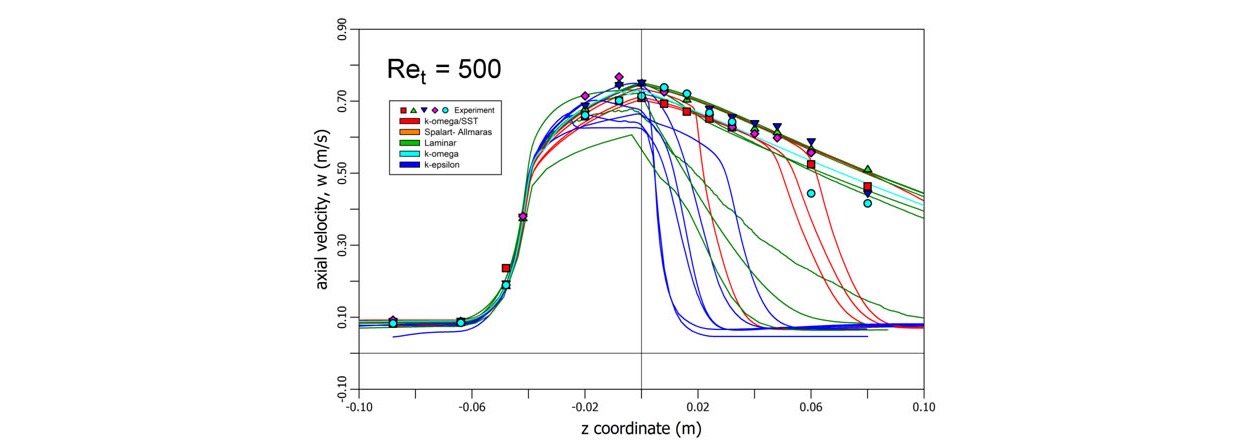Validation of Computational Models of Cardiovascular Devices

CFD results, although not required, are also being used by some manufacturers to help demonstrate safety and efficacy as part of their pre-market device submissions to the U.S. Food & Drug Administration (FDA). Currently, computational methods can be used to simulate both the solid and the fluid mechanics of a device, the transport of blood elements, and the transport and chemical reactions of molecular species. New computational methods are being developed to calculate levels of hemolysis and thrombosis from the local fluid dynamics derived from simulation, using a variety of mathematical methods. The advantages of computational studies are that they can provide insight into device performance without having to produce costly prototypes, provide data in regions in which experimental data may not be easy to obtain, and can provide data on immeasurable physical quantities. Moreover, with increasing simulation speeds and computational capabilities, CFD methods can be used to evaluate a wide range of physiologic and design parameters and can potentially reduce the extent of animal testing and clinical trials.
However, the use of CFD to demonstrate product safety in FDA premarket device applications and postmarket investigations has not been adequately or systematically validated. This is especially important in the prediction of biological responses (e.g., blood damage and thrombus formation) based on the purely physical results (e.g., pressures, velocities, shear stresses) of the simulations. We initiated a collaborative project to determine the current state and limitations of CFD modeling, and blood damage estimations, as applied to medical devices. The project is part of the FDA's "Critical Path Initiative" program, which is a "national strategy for driving innovation to modernize the sciences through which FDA-regulated products are developed, evaluated, manufactured, and used". In essence, the goal of our project is to work with the medical device community to improve the use and validation of CFD techniques in medical device evaluation to foster the development of better and safer products and technologies.